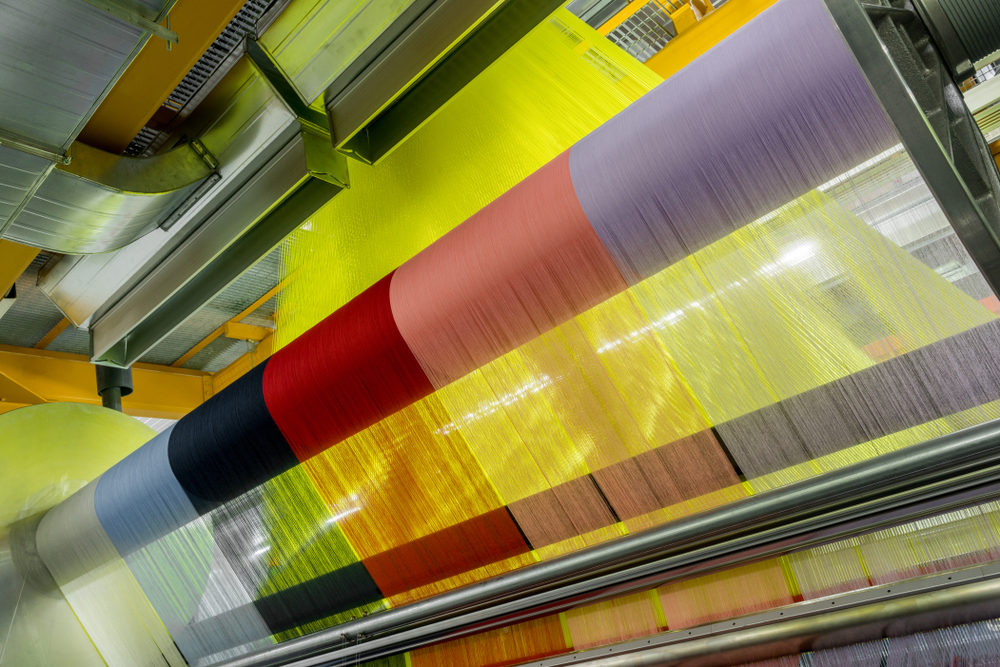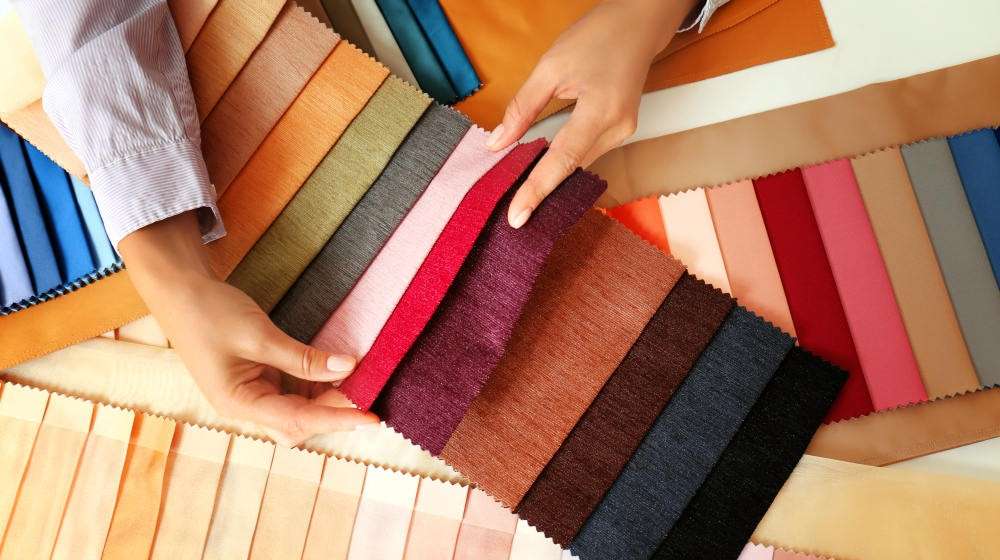How Fashion Designers Source Their Fabric
Fashion designers possess a unique ability to transform their creative visions into tangible realities, and the choice of fabric plays a crucial role in bringing their designs to life. The fabric sourcing process is an intricate journey that involves exploring global marketplaces, building relationships with suppliers, understanding the characteristics of different fabrics, and embracing sustainability. Additionally, we will explore the manufacturing industry in Pakistan, renowned for its rich textile legacy and vast fabric production capabilities.
The Fabric Sourcing Quest
Fashion designers venture into a vast global marketplace. Whether attending trade shows or browsing online platforms, designers leave no stone unturned in their quest for the perfect fabrics.
Pakistan textile manufacturers to wholesalers and fabric agents, each player in the supply chain contributes to the availability and accessibility of fabrics. Designers must navigate this complex network, establishing connections and partnerships with reliable suppliers who can provide them with the needed materials.
Industry Trade as A Treasure Trove of Inspiration
- The World of Trade Shows
Trade shows and exhibitions serve as epicentres of inspiration for fashion designers. These events bring together fabric manufacturers, suppliers, and designers under one roof, showcasing the latest trends and innovations in the fabric industry. Designers attend these shows to gain insight, discover new fabrics, and establish direct contacts with potential suppliers.
- Fabric-Filled Showrooms
Fabric showrooms are another valuable resource for designers. These spaces are dedicated to displaying an extensive range of fabrics, allowing designers to explore textures, colors, patterns, and finishes up close. Showrooms allow designers to physically interact with materials, envisioning how they will drape and contribute to their final creations.
- Unveiling the Production Process From Fiber to Fabric
- Textile Mills and their Role
Textile mills are the heart of fabric production. They receive raw fibers and transform them into finished fabrics through spinning, weaving, and knitting. Fashion designers collaborate with mills to develop custom fabrics or select from their collections. Understanding the production process helps designers make informed choices when choosing materials.
- Dyeing and Printing
Dyeing and printing processes breathe life into fabrics, infusing them with vibrant colors, patterns, and captivating designs. Fashion designers work closely with dye houses and print studios, choosing suitable dyeing techniques or collaborating on exclusive prints that reflect their design concepts. The art of dyeing and printing enhances the visual appeal of fabrics, making them unique and captivating.
- Building Relationships with Fabric Suppliers
- Nurturing Supplier Partnerships
Regular communication, trust, and mutual understanding foster successful collaborations. Designers attend industry events, engage in networking activities, and leverage personal connections to establish long-term partnerships with suppliers who align with their design aesthetics and meet their fabric requirements.
- Trust and Transparency
Designers rely on suppliers to provide high-quality fabrics, meet deadlines, and maintain consistent communication. In return, designers communicate their design requirements, share their vision, and provide feedback to suppliers. This open and transparent exchange forms the foundation of a strong partnership, ensuring that both parties work together toward achieving the desired outcome.
- Navigating Online Fabric Marketplaces
The advent of e-commerce has revolutionized the fabric-sourcing landscape. Online fabric marketplaces offer a vast selection of fabrics from various suppliers. Also, provide designers with the convenience of browsing and purchasing materials from the comfort of their studios. These platforms often include detailed fabric descriptions, images, and customer reviews, allowing designers to make informed decisions.
- Exploring Regional Fabric Sources
- Local Artisans and Weavers Heritage
Many fashion designers value the uniqueness and craftsmanship of fabrics produced by local artisans and weavers. These artisans often employ traditional techniques passed down through generations, creating materials imbued with cultural significance and exquisite artistry. Designers seek out these local sources to incorporate a touch of authenticity and support traditional craftsmanship.
- Diving into International Fabric Hubs
In addition to local sources, fashion designers also explore international fabric hubs renowned for their expertise and specialization in specific types of fabrics. Countries like Italy, France, India, and Japan have established themselves as global leaders in fabric production, offering a diverse range of high-quality materials that cater to various design aesthetics.
- Sustainability and Ethical Sourcing:
- Eco-Conscious Materials:
As the fashion industry increasingly embraces sustainability, fashion designers are turning towards eco-conscious materials. They seek fabrics made from organic, recycled, or up cycled fibers, reducing the environmental impact of their designs. Designers collaborate with sustainable fabric suppliers who prioritize responsible production practices and support their commitment to creating environmentally-friendly fashion.
- Fair Trade and Ethical Sourcing:
Making a Difference in Fashion Designers ensures the fabric is sourced from suppliers who uphold fair trade practices and provide safe working conditions. By supporting ethical sourcing, designers contribute to improving labor standards and social responsibility within the fashion industry.
Conclusion:
Fabric sourcing is an art form that requires a meticulous and thoughtful approach. Fashion designers embark on a multifaceted journey, navigating global marketplaces, exploring fabric varieties, and embracing sustainability. By understanding the intricacies of fabric sourcing and the manufacturing industry, designers can secure the perfect materials that enhance their designs and contribute to a vibrant fashion world.




